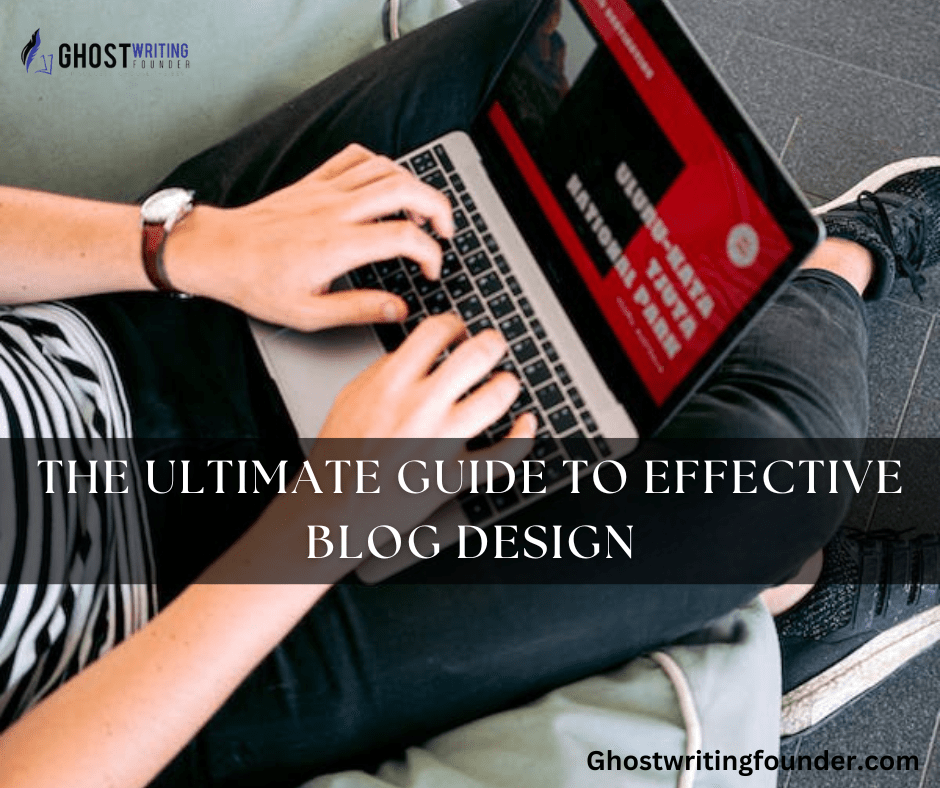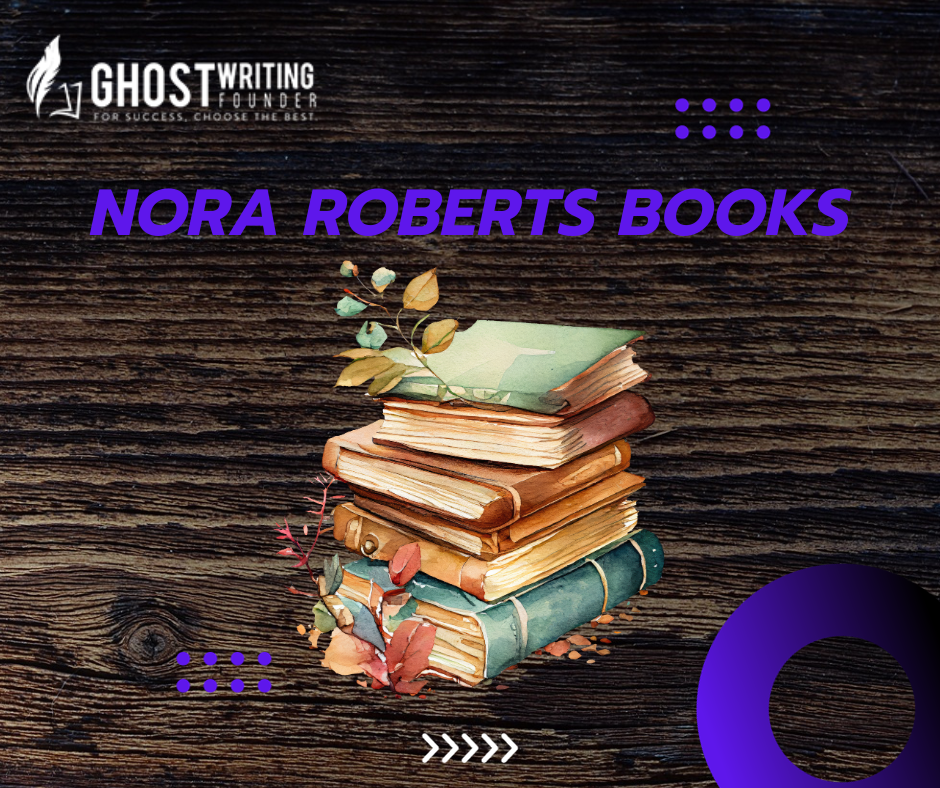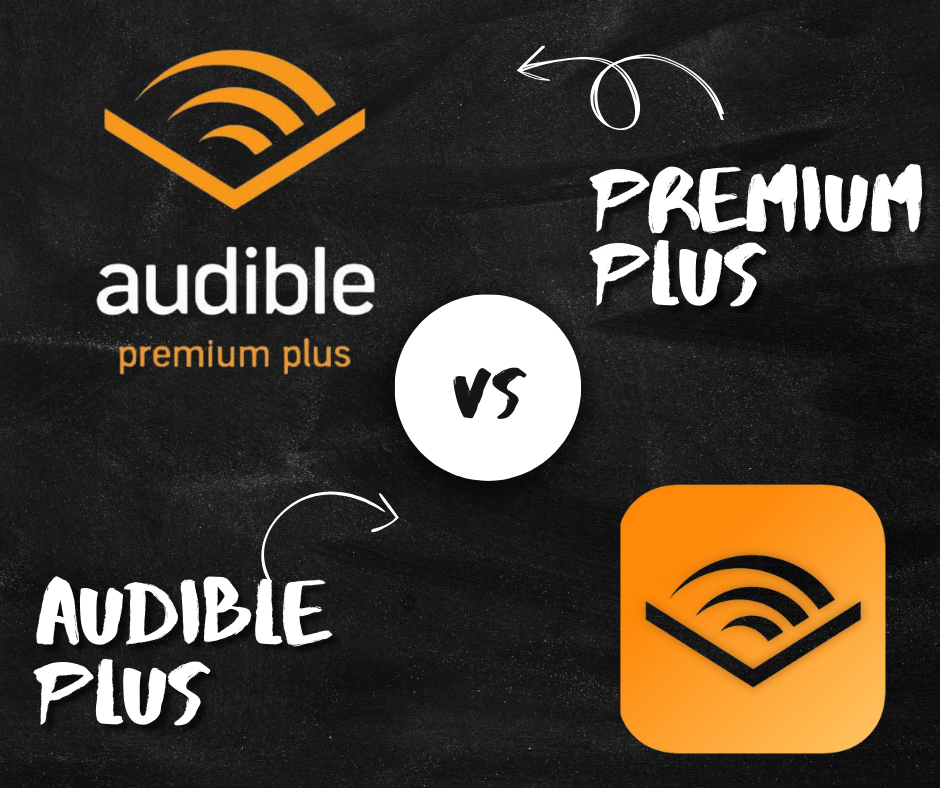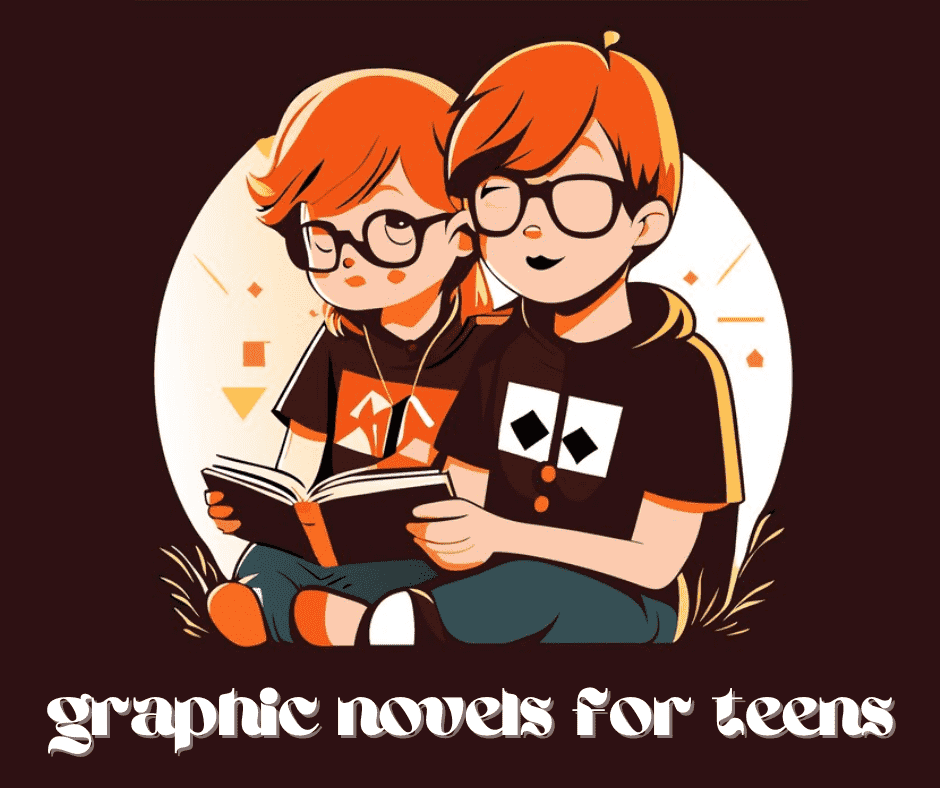
Writing
Blog design is more than just about how it looks. A well-designed blog gets people’s attention, improves the user experience, and makes people want to read more of your material. Whether you’ve been blogging for a while or are just getting started, knowing the details of good blog design can make a big difference in your online profile. Let’s start with the meaning of blog design; then, we will discuss the factors of effective design.
What Is Blog Design?
Blog design refers to the visual and structural arrangement of elements on a blog’s website. It encompasses the layout, typography, color scheme, images, and overall user interface that contribute to the blog’s aesthetic appeal and usability. An effective blog design aims to create a seamless and engaging experience for readers, much like the engaging narratives found in Best Non-Fiction Adventure Books. making content easily accessible and visually appealing. It also reflects the blog’s branding and identity, playing a crucial role in attracting and retaining readers. Blog design improves a blog’s look, user experience, branding, readability, and usefulness to get more visitors, readers, and sales.
Why Is Blog Design Important?
According to the most recent data from WordPress, an amazing 70 million blog posts are released every month. So, if you want your content to be seen, you must produce high-quality content. But the way your information looks is also a very important factor. NN/g (Nielsen Norman Group) says that a website’s style greatly affects how trustworthy and credible it seems. This is crucial in areas like SEO Blog Writing, where content must be both credible and engaging.
Let’s discuss the factors of effective blog design
Start with your home page
People contend with short attention spans and a deluge of content daily, spanning emails, blogs, Tweets, sales pages, and EBooks. Thus, crafting impactful initial impressions is more critical than ever before. You have a mere 3 seconds to captivate website visitors, conveying your purpose and compelling them to take action.
This underscores the pivotal role of your home page design in your blog’s success, as it often serves as the first point of contact for most visitors. Here are six fundamental blog design concepts that exemplary home pages incorporate.
Striking Header Graphic:
Elevate your blog’s credibility with a header image or a professionally designed banner. This visual element exponentially enhances the perceived legitimacy of your blog.
Engaging and Informative Tagline:
Craft a brief, attention-grabbing tagline informing visitors about your blog’s purpose. For inspiration, consider the compelling storytelling found in Best Horror Books of All Time. This concise, impactful statement ensures visitors swiftly comprehend your blog’s focus and objectives. Ghostwriting Founder can assist you in creating engaging and informative Tag lines.
Compelling Call-to-Action (CTA):
Utilize your home page as a prime opportunity to collect email addresses or prompt new visitors to take specific action. It’s crucial not to overlook this chance to engage and convert.
Navigational Guidance:
Providing direction for new arrivals is paramount. Lead them through your content journey by indicating where they should start. One effective method is creating a ‘Getting Started’ page, guiding them toward essential content and its location.
Social Proof:
If you’ve collaborated with renowned brands or garnered impressive testimonials, showcase these accolades on your home page, similar to how Brands for Authors make their mark. Rapidly establishing credibility with visitors is immensely advantageous.
Reveal Your Persona:
Allow your personality to shine. Incorporate a photograph if you’re an individual blogger, and if you’re representing a business, construct a home page that holistically represents your values and identity.
Create a style guide for your brand
Ensure that your blog serves as a seamless extension of your brand. Establishing a style guide that aligns with your brand’s essence and character is essential, especially if you haven’t created one yet. The primary objective here is to provide your customers with a uniform and coherent experience as they delve into understanding your core identity. A well-crafted brand style guide performs the dual function of fostering trust and enhancing your perceived credibility, akin to the detailed guidance in Book Editing: A Comprehensive Writer’s Outline. while also sparking creativity for your web design.
A comprehensive style guide typically encompasses the following elements:
- A summary of your brand’s history
- The main font choice and a backup font can be used if the main choice is unavailable.
- Your chosen set of colors. HEX color codes are usually needed for websites to work together. You can quickly find a complete list of HEX codes for all your desired colors.
- Different versions of your image, along with instructions on how to use them correctly.
- Prescribed picture categories include photography styles and color combinations.
- A clear writing style and voice should always be used
There are examples for each part that show the expected standards.
Use lots of white space and reduce the clutter
Use a lot of white room to make things easier on the eyes, much like the clear and engaging layout of Best Book Club Books for 2023. “White space” is a web designer’s best friend because it makes reading easier and draws attention to important parts highlighted by different colors. When white space is used well, it’s easy to take in information, and you can quickly scan for important text or images. White space makes web pages less cluttered, making them easier to use.
White space is a nice border between unimportant details and important information, leading us to our goals. Google is a good example of how white space optimization works because the focus is in the middle of the screen.
Embrace Mobile-Friendly Design
“Econsultancy says the average time spent on mobile devices is 119 minutes daily.”
People navigate the streets with their heads buried in their mobile phones, often colliding due to their reluctance to look up for even a second. Our schedules are packed, leaving us with moments to spare, which are often consumed by our smartphones. In 2014, the number of mobile internet users surpassed those using desktops.
Considering that your readers access your blog via mobile phones, ensuring your blog design is responsive to mobile devices is essential. For professional assistance, consider Content Creation Services to ensure mobile compatibility. It’s as simple as that.
Simplify the process of navigating your website
What should you think about when planning the navigation layout for your blog?
Add a “Getting Started” or “Start Here” page and ensure it can be reached directly from your site. This page should tell new users what you think they should do when they get to your site. For example, which blog posts should they read first, next, and last? Make your site’s visitors feel like they’re on a trip.
Choose your blog’s categories carefully, and don’t add more than 10. For a deeper understanding of category selection, Content Development Services can offer valuable insights. This makes it easier for people to look through your material. Streamline your top page so that it’s easy to see what your site offers and where to find the information people want.
Include compelling calls to action, internal links, and links to linked posts in the right sidebar of your blog. Enhance your blog’s visual appeal with professional Cover Design & Typesetting. and at the end of each post. The goal is to keep people from leaving your site as soon as they finish reading a story by giving them reasons to stay longer.
Main Attributes and Elaborate Information
| Aspect of Blog Design | Description | Examples/Notes |
|---|---|---|
| Visual Appeal | Involves layout, typography, color scheme, and images for aesthetic appeal. | Use striking headers, consistent color schemes. |
| User Experience | Focuses on ease of navigation and readability. | Simplify navigation, use white space effectively. |
| Branding and Identity | Reflects the blog’s unique brand and values. | Create a style guide, use brand-consistent elements. |
| Content Accessibility | Ensures content is easy to find and engage with. | Organize content, clear categorization. |
| Mobile-Friendly Design | Adapts to various screen sizes for mobile users. | Responsive design, mobile optimization. |
| Credibility and Trust | Builds trust through design elements and social proof. | Display testimonials, professional design. |
| Call to Action (CTA) | Encourages user engagement and action. | Use compelling CTAs, strategically placed. |
Conclusion
Effective blog design is a combination of art and strategy. By implementing the principles covered in this guide, you’ll create a blog that captivates readers and provides them with an exceptional browsing experience. Remember, your blog’s design reflects your brand’s identity and values.









Leave a Reply